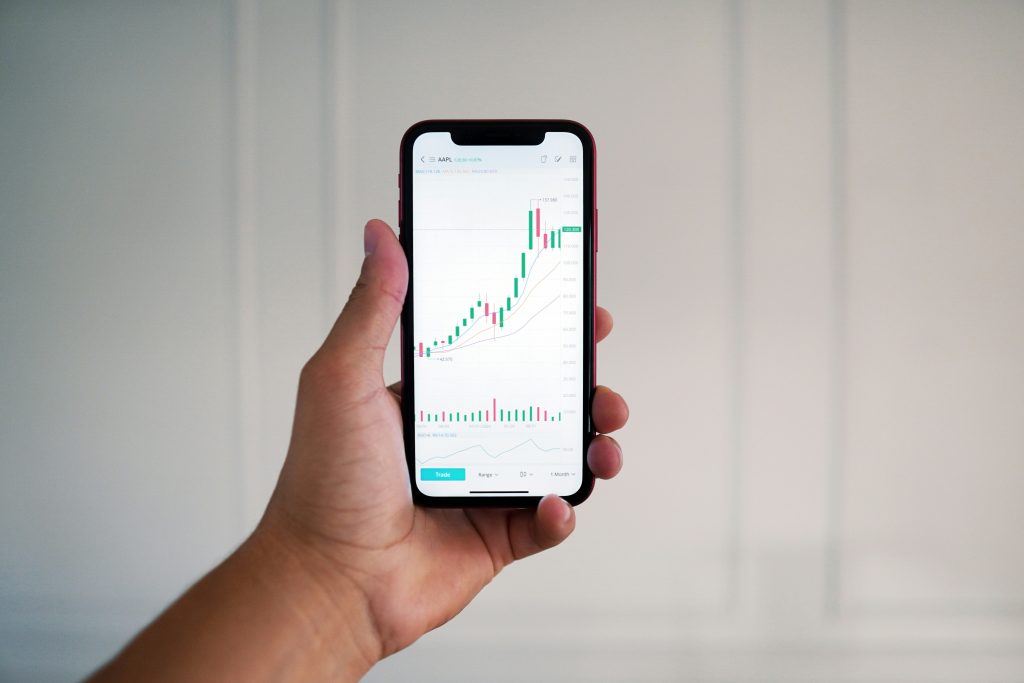Investing with margin can amplify your returns, but it comes with the risk of accelerating your losses when the market enters a downturn. Some people will warn that it’s never good to use margin, and it’s easy to understand where they are coming from.
Put simply, portfolio margin is good until it isn’t. It’s easy to feel like you’re a genius when the market is performing well, but margin can quickly wipe away your gains when the market moves against you. It can also be stressful to see your portfolio go down while knowing that you still have a debt to pay.
Real estate leverage is less stressful since it’s broken down into monthly payments over 15-30 years. However, portfolio margin still has its benefits. These are some of the cool things you can do with portfolio margin that skeptics are overlooking.
1. Never Sell Your Stocks
Tech billionaires like Mark Zuckerberg and Elon Musk aren’t in a rush to sell their shares due to the substantial tax hit. However, the risk of high capital gains didn’t stop Zuckerberg from buying a $270 million mansion in Hawaii or Musk from buying Twitter.
The secret tactic both of these billionaires use is to borrow against their stocks. They take out loans against their equities and only pay interest. They’re getting much lower rates than the average investor since Zuckerberg and Musk borrow a lot of money.
However, you can score an interest rate as low as 4.83% APR if you take out margin from an Interactive Brokers account. The highest possible rate at Interactive Brokers is currently 5.83%. It’s hard to find that type of rate with another broker, and a lower rate means you’ll pay less money in the long run.
Not selling your stocks gives them the opportunity to appreciate while you gradually pay off the margin. This arrangement can also ensure that you pass away while holding on to your shares, ensuring step-up basis resets capital gains for your heirs.
2. Make a Down Payment
A down payment is one of the biggest hurdles that prevents people from becoming homeowners. However, you may be able to tap into margin to assist with a down payment. Brokerage firms won’t rush you to pay back the margin as long as you aren’t at risk of triggering a margin call.
Some homeowners may be able to put extra money down with margin to avoid private mortgage insurance. Yes, it’s an extra debt you have to cover, but you can use the money you would have paid to a private mortgage insurance provider to reduce your margin.
It makes even more sense to use margin if the margin rate is lower than your loan’s interest rate. It’s good to note thatmargin rates are variable, so any interest rate reductions will translate into more affordable margin debt. The Federal Reserve may cut rates this year, and the Department of Government Efficiency’s efforts to trim federal debt will also reduce rates in the long run.
3. Skip Credit Checks
Do you need a personal loan but are worried about a bad credit score ruining your chances? Do you want to avoid a credit check on a small personal loan so you’re ready for a mortgage in a few months?
If you’re encountering a similar obstacle, you may benefit from portfolio margin. Once you enable margin on your brokerage account, you don’t have to go through credit checks. Portfolio margin is available even if you have bad credit, and you can even use it to rebuild credit.
For instance, Interactive Brokers’ highest margin rate is 5.83%, even if you have a small balance. That’s a much lower interest rate than the 30%+ APR that some credit cards charge. You can use portfolio margin to catch up on payments without selling your shares. However, you need a large enough portfolio to safely transfer enough money and use it to pay off credit card debt.
It’s worth noting that Interactive Brokers does not report your payment history to the major credit bureaus. Having a bigdebt won’t hurt your credit utilization ratio, but your credit score won’t go up if you quickly pay off your Interactive Brokers margin.
You also get the money right away. There’s no need to fill out an application and wait 6-8 weeks to see if you were approved for a HELOC or a home equity loan.
4. Save Money on Loan Fees and Closing Costs
Speaking of home equity loans and HELOCs, if you’ve applied for one of these financial products, you know that they are expensive. These loans have closing costs that range from 2% to 5% of the loan’s total balance. That doesn’t even include origination fees, appraisal fees, and other costs.
If you use margin to tap into extra capital, you don’t have to worry about any origination or penalty fees. There also aren’t any closing costs. You can access margin the moment you need it instead of having to wait a few weeks. It’s no exaggeration to say that you can save thousands of dollars if you have enough margin to match the capital you would have received from a HELOC.
5. Reduce Your Tax Burden
Taking out a margin loan also gives you a useful tax write-off. All of the interest you pay on a margin loan is tax deductible. You can use margin interest to reduce your tax burden on short-term capital gains and cash flow from investments, such as dividends.
You can also write off interest on a home equity loan or a HELOC. However, you are not allowed to write off interest on a personal loan or credit card. It’s an extra tax deduction that makes the cost of borrowing money lower than other mainstream options.
Borrowing against margin can also put you in a better position to sell some of your winners and realize capital gains. Even if you are a long-term investor, you can sell shares at a profit and immediately buy them back if the interest will balance it out. Following this strategy makes it less expensive to sell the same shares with positive capital gains in the future.


